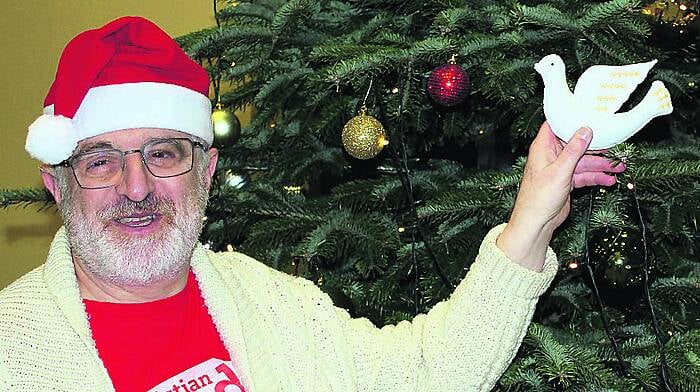SKIBBEREEN has a unique link with next weekend's 10th anniversary event in Germany at the European Space Agency (ESA) operation centre in Darmstadt.

SKIBBEREEN has a unique link with next weekend’s 10th anniversary event in Germany at the European Space Agency (ESA) operation centre in Darmstadt.
The anniversary will celebrate the successful landing of the Huygens probe on Titan on January 16, 2005.
Con McCarthy, a native of Lisalohorig, Skibbereen, was one of the engineers involved in the design of the Huygens probe. He worked with ESA for much of his career, and is currently living on the Baltimore Road.
Although retired, he still travels to the ESA offices, which are dotted around Europe, to liaise with them on ongoing projects, and he will be going to Germany for the celebrations this week.
The probe was launched in October 1997 from Cape Canaveral in Florida and took more than seven years to reach its destination, as the spacecraft needed to get ‘gravity assists’ from a number of planets on the way.
Titan – the largest moon of Saturn – is about 800m miles from Earth and was of interest to scientists because they believed it might contain a primordial version of what Earth was like before life began. The Titan version would have remained intact, or ‘frozen’, due to the low surface temperatures of about minus 200 degrees Celsius.
The probe was named after the Dutch astronomer Christian Huygens, who discovered Titan back in the 1600s via a homemade telescope.
The probe’s successful landing is the most distant landing of any man made object to date.
Having been educated at St Fachtnas De La Salle college in Skibbereen, Con took up an apprenticeship in electronic engineering in London and studied computers and software afterwards, later securing a job with ESA.
His first project was working on the Spacelab project which was carried by the US space shuttle in 1983. The Skibbereen man lived in Holland for many years, working at ESA’s technical centre, where he was a systems engineer. He started work on the Huygens project in 1991 but has worked on many other projects since.
‘It’s a shame that a lot of European, not just the Irish, don’t realise the work that is being done by their space agency. We don’t have the budget of NASA but we have achieved some remarkable things.’
One of his jobs was co-ordinating communications between NASA and ESA, which has been great help to the European agency from time to time. ‘When they sent their space craft up, they gave us a ride as far as Saturn, for example. We have done a number of co-operative missions. People don’t realise we have our own launch site in French Guyana, the technical centre in Holland, administration offices in Paris and the operations centre in Germany.’
Observing Richard Branson’s race to space, Con said Mr Branson may have underestimated the difficulty. ‘He doesn’t seem to have had a great deal of success. They may be trying to do things too cheaply. And while they would probably accuse us of going too slowly, I don’t think I’d be happy to go with them. I wouldn’t trust it.’








